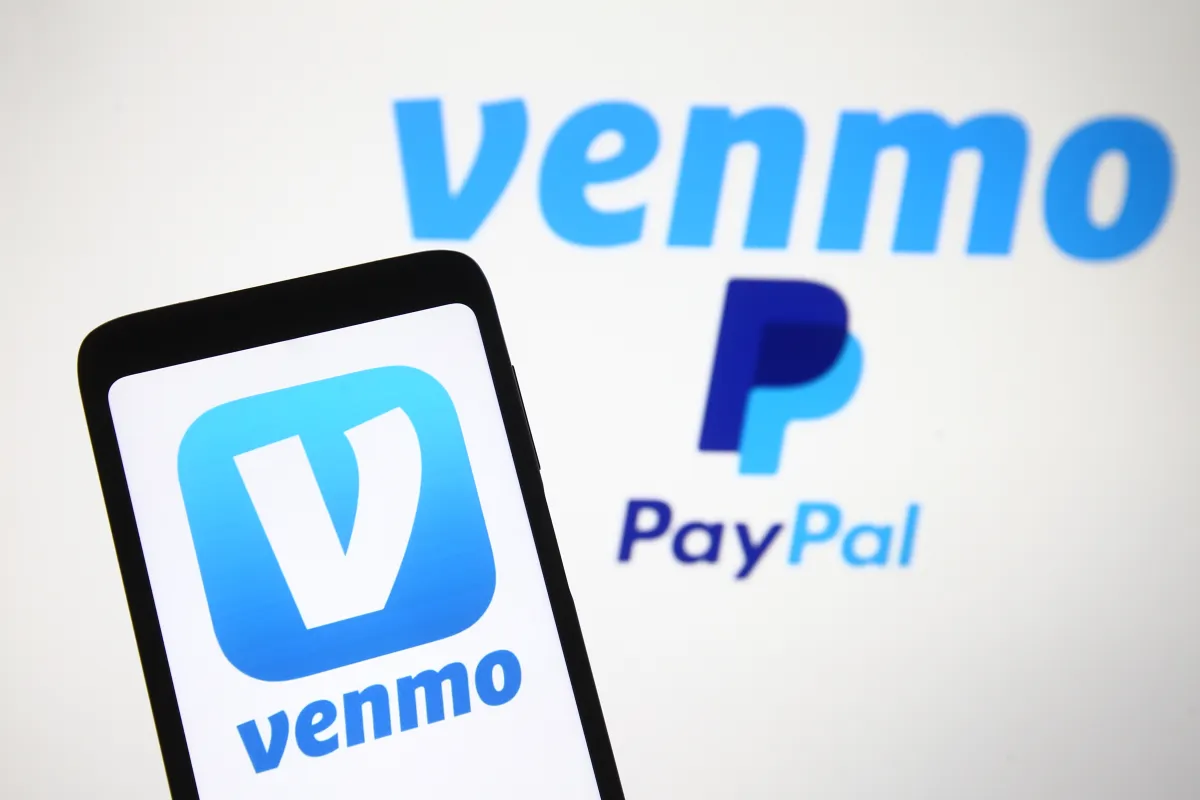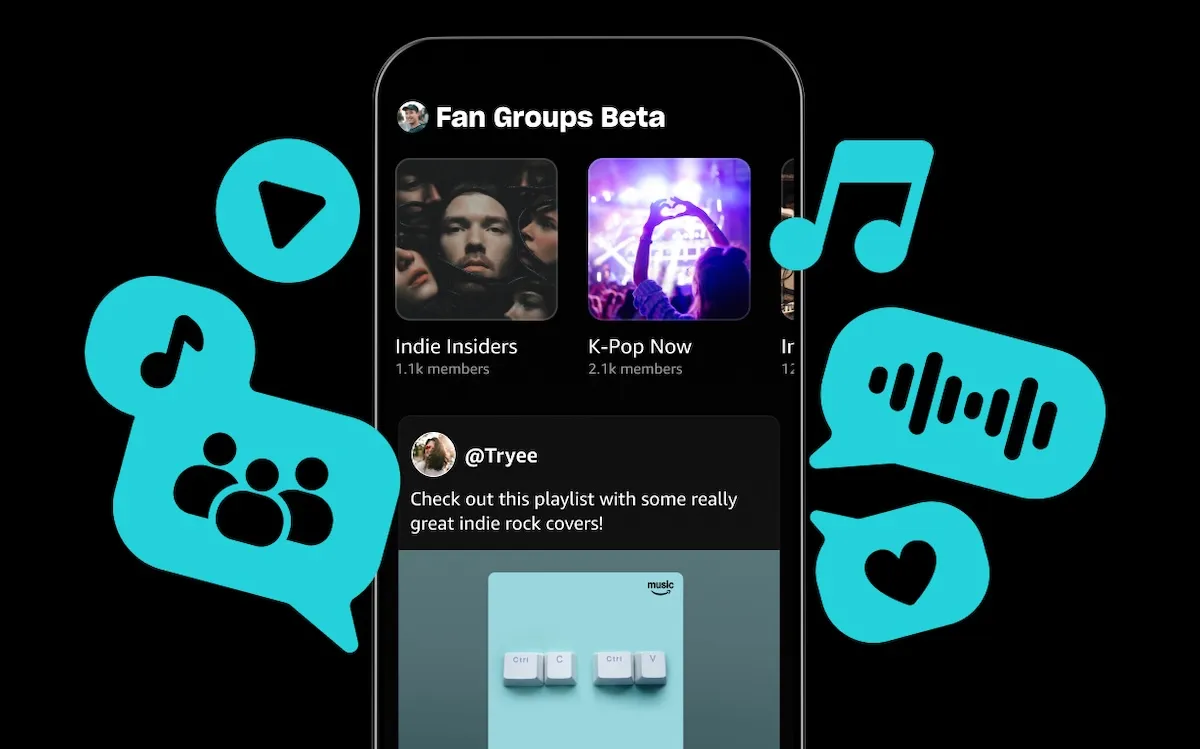Venmo this week launched Venmo Stash, a new rewards program that aims to lock more users into its payments ecosystem by returning cash back to customers who transact with their favorite brands and engage with Venmo’s suite of products. The program, which deposits rewards directly to the Venmo Mastercard Debit Card, offers a graduated structure of benefits that can reach as high as 5% cash back — a distinct approach compared with traditional credit-card rewards and an explicit play for younger consumers who increasingly favor debit and alternative payment methods.
At its core, Venmo Stash is designed to encourage regular use of Venmo’s balance and features. Customers begin by earning 1% cash back on purchases charged to their Venmo Debit Mastercard when spending from their Venmo balance. That rate increases to 2% if customers enable auto reloads — a feature that automatically replenishes the Venmo balance when it dips below a set threshold. The top-tier benefit, 5% cash back, is unlocked when customers receive monthly Direct Deposits into Venmo. By tying the best rewards to Direct Deposit and auto-reload behavior, Venmo is effectively nudging users to make the app a primary financial hub rather than a mere peer-to-peer wallet.
Venmo Stash diverges from many existing debit and credit-card reward programs by organizing rewards around curated brand bundles instead of traditional category-based percentages for groceries, gas, or dining. Subscribers choose groups of favorite merchants — for example, a bundle might pair McDonald’s, TikTok Shop, Uber, and Uber Eats; another could include Amazon, DoorDash, Domino’s, and Walgreens. This merchant-focused design reflects a broader shift in fintech marketing: brands and payment providers increasingly form partnerships that tie consumers to specific merchants and services, creating tailored value propositions rather than one-size-fits-all rewards.
The timing and structure of Venmo’s move reflect demographic realities. Several studies cited in coverage of the launch underline Gen Z’s relative disinterest in credit cards: a 2024 eMarketer analysis found that only 39% of Gen Z respondents reported frequent credit-card use, compared with 51% among older cohorts. Similarly, a Morning Consult survey for Cash App Afterpay reported that 63% of Gen Z users favored debit cards over other payment methods. These preferences have prompted payment companies and retailers to design incentives that better address younger consumers’ habits — more debit rewards, smoother integration with app-based wallets, and checkout alternatives like buy-now-pay-later (BNPL) services from Affirm, PayPal Pay Later, or Klarna.
Venmo’s program is also an explicit competitive response. The PayPal-owned app faces direct competition from Cash App and other fintechs that offer debit-card rewards and periodic merchant offers. Cash App has long used merchant-targeted perks and Cash Boosts to keep users active on its platform, and Venmo Stash is crafted to deliver comparable incentives while tying them to deeper product engagement (auto-reload and Direct Deposit). By making rewards contingent on behaviors that increase stored balances and recurring income flows, Venmo not only competes for transaction volume but also for the role of primary account — a relationship that can be monetized in multiple ways.
The rollout includes plans to expand next year to provide rewards when customers pay with Venmo at merchants within a nationwide network, a step that would broaden how and where rewards can be earned and further embed Venmo into everyday spending. For merchants, participating in such networks can be a customer-acquisition channel; for Venmo, it increases transaction volume, interchange revenue, and data about consumer purchasing behavior.
But the strategy has costs and risks. Offering cash-back incentives reduces margins on processed transactions and requires Venmo to balance promotional generosity with long-term unit economics. There are regulatory and consumer-protection considerations as well: as fintech firms deepen ties to customers’ deposit flows and payroll, they must guard user data and ensure clear communication about fees, overdraft risks, and privacy. Additionally, merchant partners will weigh the benefits of attracting Venmo’s younger clientele against any fees or technical integration requirements Venmo imposes.
From a broader perspective, Venmo Stash signals a continuation of a larger fintech trend: the creation of closed-loop ecosystems in which payment apps try to host multiple financial activities — payroll, balance management, debit spending, and loyalty — to increase user engagement and lifetime value. For consumers, especially younger cohorts who prefer debit or BNPL, these ecosystems can mean more immediate rewards and smoother digital-first experiences. For incumbents like banks and credit-card issuers, the rise of debit-focused rewards represents a challenge to their traditional dominance in loyalty marketing.
In short, Venmo Stash is more than a new perk; it is a strategic instrument designed to cultivate habitual use and deepen financial relationships with younger users. Whether it succeeds will depend on Venmo’s ability to manage promotion costs, secure desirable merchant partnerships, and convince customers that consolidating paychecks, balances, and spending into one app delivers tangible benefits. If it works, expect rivals to intensify their own debit-rewards plays — and for the checkout landscape to continue shifting toward brand- and app-driven loyalty models.



















暂无评论内容